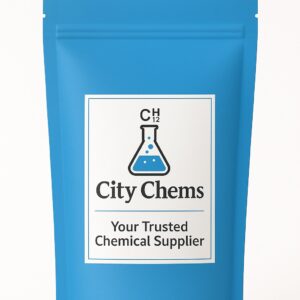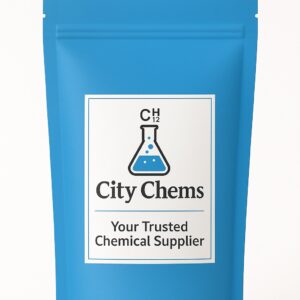Buy 5-MeO-DMT Powder (Hydrochloride) – High-Purity Research Chemical
5-MeO-DMT Hydrochloride is a powerful synthetic tryptamine analog and structural relative of DMT, formulated in its hydrochloride salt form to enhance stability and solubility in water-based solutions. Extensively used in neurochemical and psychopharmacological research, 5-MeO-DMT HCl exhibits potent serotonergic activity and is a vital compound for receptor binding assays and CNS studies.
At CityChems, we supply 5-MeO-DMT Powder (Hydrochloride) with ≥99% purity, confirmed via HPLC testing. Packaged in tamper-evident, vacuum-sealed containers, our product is intended strictly for certified laboratory use.
Product Specifications
-
Chemical Name: 5-Methoxy-N,N-dimethyltryptamine Hydrochloride
-
IUPAC Name: 2-(5-Methoxy-1H-indol-3-yl)-N,N-dimethylethanamine hydrochloride
-
CAS Number: 77872-40-9
-
Molecular Formula: C13H20ClN2O
-
Molecular Weight: 254.77 g/mol
-
Form: Fine crystalline powder
-
Purity: ≥99% (HPLC-tested)
-
Appearance: White/off-white powder
-
Usage: Forensic and laboratory research only
-
Storage: Store in a cool, dry place away from light
-
Packaging: Vacuum-sealed, discreet shipping
⚠️ Important Legal Disclaimer
This product is sold strictly for scientific research and analytical use only. It is not for human or veterinary consumption. Verify your local laws before placing an order.







Reviews
There are no reviews yet.